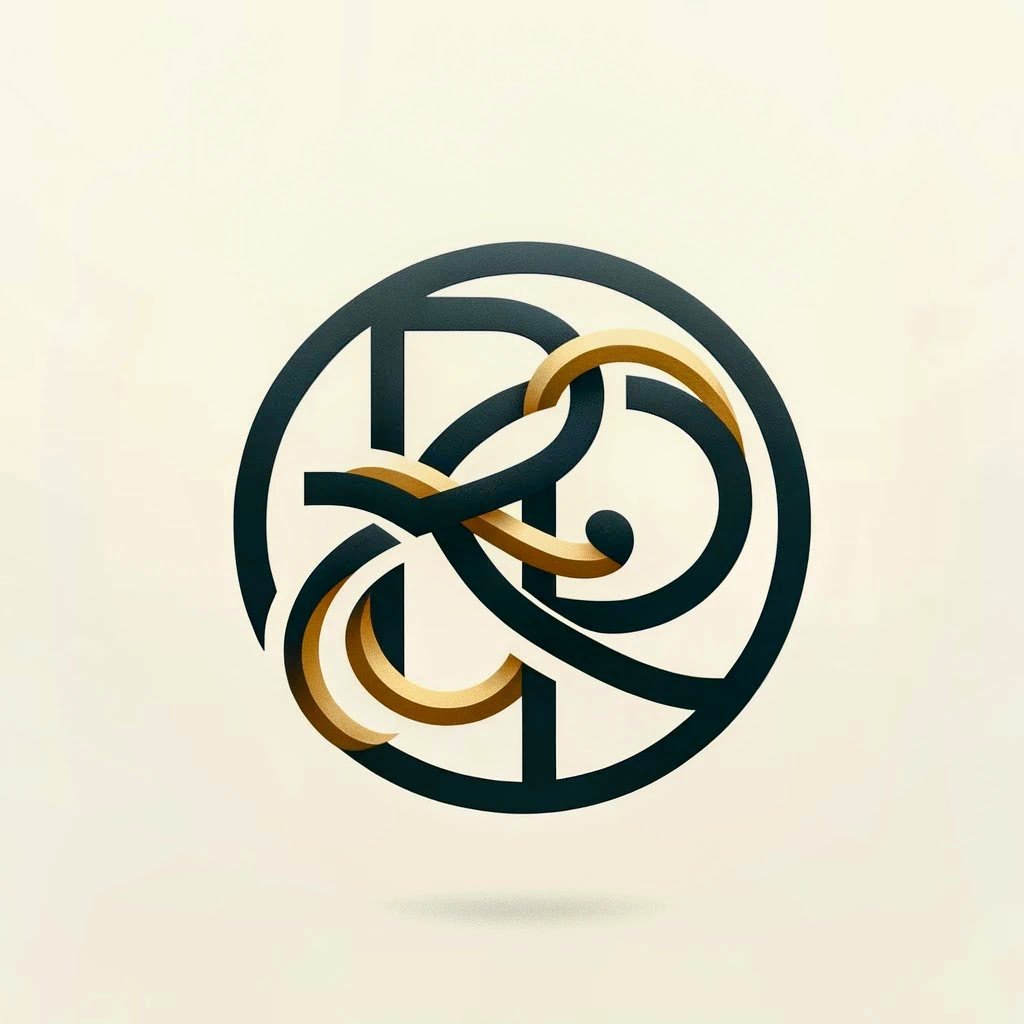Design Thinking and Apple
I will start this post with a disclaimer that I have limited experience on this topic. It is an area I have been fascinated by, and have been reading up all the material I can find on it. I am just putting my collection of thoughts on the matter here. I expect this post to serve mostly as a springboard to exploring the topic in further detail.My inspiration for this post is an excellent book I just finished reading titled The Design of Business: Why Design Thinking is the Next Competitive Advantage by Roger L.Martin. More on the author here
. The author argues that the future great companies will be pioneered by a new way of business thinking he terms as Design Thinking. This is not to be confused with marketing and branding. As FastCompany describes it,"it is a proven and repeatable problem-solving protocol, that any business or profession can employ to achieve extraordinary results". Such a method is a carefully chosen amalgam of innovative thinking and an analytics based approach to doing business. With this introduction, I can delve into the reason why there is an Apple on the blog post title, which is why most of you are here. If you want to skip the rest of the post in favor of learning more about design thinking, I would recommend that you start at the footsteps of the famed thinkers of IDEO. The HBR article by Tim Brown of IDEO is also a good starting point. Oh by the way, IDEO and Apple have a shared past that reflects why they are, who they are. More on that relationship and the growth of IDEO is captured in an excellent book by Tom Kelley, The Art of Innovation: Lessons in Creativity from IDEO, America's Leading Design Firm
.If you view how products are rolled out by Apple under the design microscope provided ably by the aforementioned pillars, there is a lot of fascinating stuff to see and learn. At Apple, there is a sense of design thinking in much of what they show and sell to the world. There is a tremendous amount of onus on the human centric approach to designing their products. The iPod was not the most innovative product in the market. Nor was the iPhone. They are instead a very user friendly solution to a known problem. They represent a vision of wanting to change how the mobile device is perceived and used, but not so far as to alienate the audience. For much of that they have Jon to thank. But they also have Steve to thank for his unerring sense of audience perception and customer requirement. He is willing to go where the customer wants to but doesn't know to.There is occasionally a resistance at Apple to take user feedback into evolving the device or creating one to reach everyone (Eg: lack of 3G in the first generation iPhone, lack of camera in iPod Touch, lack of camera in first generation iPad and so on). Some are business considerations while others just don't make any sense. But these are minor quibbles while looking at the big picture of how Apple has revolutionized design and how we perceive it. Admittedly, Apple is at an odd but very successful crossroads between technology and liberal arts.It could also be argued that Apple has had its share of failures in what it thought was a great idea at the time (Ex: Apple TV, iPod Shuffle in some versions). What cannot be denied is that the design powerhouse shows us a way to think and execute on good ideas and make them great products. For Apple, it is not just the technology. It is so much more.If you are really interested in learning more about this particular topic of how design thinking and Apple's innovation go hand in hand, there is a paid HBR article here.

